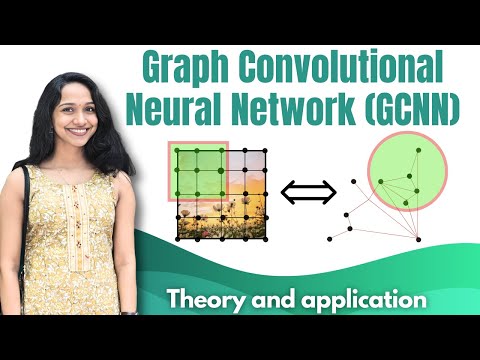filmov
tv
But what is a convolution?

Показать описание
Discrete convolutions, from probability to image processing and FFTs.
An equally valuable form of support is to simply share the videos.
Other videos I referenced
Live lecture on image convolutions for the MIT Julia lab
Lecture on Discrete Fourier Transforms
Reducible video on FFTs
Veritasium video on FFTs
A small correction for the integer multiplication algorithm mentioned at the end. A “straightforward” application of FFT results in a runtime of O(N * log(n) log(log(n)) ). That log(log(n)) term is tiny, but it is only recently in 2019, Harvey and van der Hoeven found an algorithm that removed that log(log(n)) term.
Another small correction at 17:00. I describe O(N^2) as meaning "the number of operations needed scales with N^2". However, this is technically what Theta(N^2) would mean. O(N^2) would mean that the number of operations needed is at most constant times N^2, in particular, it includes algorithms whose runtimes don't actually have any N^2 term, but which are bounded by it. The distinction doesn't matter in this case, since there is an explicit N^2 term.
Thanks to these viewers for their contributions to translations
Hebrew: Omer Tuchfeld
Italian: Emanuele Vezzoli
Vietnamese: lkhphuc
--------
These animations are largely made using a custom python library, manim. See the FAQ comments here:
You can find code for specific videos and projects here:
Music by Vincent Rubinetti.
Download the music on Bandcamp:
Stream the music on Spotify:
Timestamps
0:00 - Where do convolutions show up?
2:07 - Add two random variables
6:28 - A simple example
7:25 - Moving averages
8:32 - Image processing
13:42 - Measuring runtime
14:40 - Polynomial multiplication
18:10 - Speeding up with FFTs
21:22 - Concluding thoughts
------------------
Various social media stuffs:
An equally valuable form of support is to simply share the videos.
Other videos I referenced
Live lecture on image convolutions for the MIT Julia lab
Lecture on Discrete Fourier Transforms
Reducible video on FFTs
Veritasium video on FFTs
A small correction for the integer multiplication algorithm mentioned at the end. A “straightforward” application of FFT results in a runtime of O(N * log(n) log(log(n)) ). That log(log(n)) term is tiny, but it is only recently in 2019, Harvey and van der Hoeven found an algorithm that removed that log(log(n)) term.
Another small correction at 17:00. I describe O(N^2) as meaning "the number of operations needed scales with N^2". However, this is technically what Theta(N^2) would mean. O(N^2) would mean that the number of operations needed is at most constant times N^2, in particular, it includes algorithms whose runtimes don't actually have any N^2 term, but which are bounded by it. The distinction doesn't matter in this case, since there is an explicit N^2 term.
Thanks to these viewers for their contributions to translations
Hebrew: Omer Tuchfeld
Italian: Emanuele Vezzoli
Vietnamese: lkhphuc
--------
These animations are largely made using a custom python library, manim. See the FAQ comments here:
You can find code for specific videos and projects here:
Music by Vincent Rubinetti.
Download the music on Bandcamp:
Stream the music on Spotify:
Timestamps
0:00 - Where do convolutions show up?
2:07 - Add two random variables
6:28 - A simple example
7:25 - Moving averages
8:32 - Image processing
13:42 - Measuring runtime
14:40 - Polynomial multiplication
18:10 - Speeding up with FFTs
21:22 - Concluding thoughts
------------------
Various social media stuffs:
Комментарии
 0:23:01
0:23:01
 0:05:36
0:05:36
 0:05:23
0:05:23
 0:05:55
0:05:55
 0:19:43
0:19:43
 0:03:10
0:03:10
 0:36:10
0:36:10
 0:07:55
0:07:55
 0:00:00
0:00:00
 0:04:34
0:04:34
 0:08:37
0:08:37
 0:00:38
0:00:38
 0:18:40
0:18:40
 0:21:11
0:21:11
 0:24:25
0:24:25
 0:11:54
0:11:54
 0:10:30
0:10:30
 0:15:48
0:15:48
 0:06:46
0:06:46
 0:20:57
0:20:57
 0:06:19
0:06:19
 0:33:17
0:33:17
 0:06:09
0:06:09
 0:11:02
0:11:02